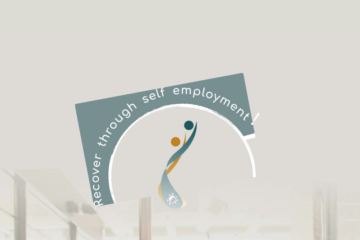“My school is involved in a KA229, a KA101 and a KA116 project”. What do all these letters and numbers mean within the Erasmus + program? What does Erasmus manage with universities? For many years the European school mobility program has opened its doors to new options, overcoming university boundaries. Although the names can change (starting from 2017-2018 the KA219 projects have become KA229), there are still some tricks to find out, only through an acronym, what a project is about and to whom it is addressed. In 2014, the European Commission unified 7 cultural exchange programs within the Erasmus + program. The goal was to strengthen the offer across the continent and extend exchanges to schools, professors, vocational education centres. For these reasons we chose to add a “+” to the Erasmus program, an acronym for the European Region Action Scheme for the Mobility of University Students, but above all a tribute to Erasmus of Rotterdam, the humanist who wanted to take care and to foster an inspiring education in the sixteenth century.
![]()
What about “+”
The Erasmus program is multiannual. The 2014-2020 plan was the current one when the “+” of his name was born, but the European Commission is already preparing 2021-2027, which looks towards low-income students and those with special educational needs. And to give a boost to this plan, the EC has proposed a budget of 30,000 million euros, compared to the current 14,700, willing to triple the number of beneficiaries, to reach 12 million people.
Key Actions
The projects are called KA from “Key Action” and they end up being summarized like this.
Three levels
The 100 or between schools. The projects that take the 1 ahead indicate that only educational centres can participate. They are the simplest, which is recommended to start and usually focus on the exchange of teachers for training.
The 200 ones involve institutions. The KA2 enlarge the focus to other institutions, whether research councils or universities. They are called strategic alliances and must have at least one of these priorities: development support; transfer and / or application of innovative practices; initiatives that promote cooperation for innovation and the exchange of good practices; or peer learning.
The 300 ones deal with educational policies. They are much more restrictive and includes official bodies to take note and evolve in educational policies.
What does Erasmus+ offer?
Travel. One of the main attractions of Erasmus + is to visit schools in other countries. A further advantage that applies to both students and teachers is that the trip normally includes several cultural visits.
Exchanges. Sharing experiences among colleagues is one of the worthiest aspects. Knowing first-hand what is being done and showing successful practices are a fundamental motivation to participate in a project like that.
Money. Schools receive a variable amount of money for activities. The aim is to improve their benefits, training and equipment with this income. Money always has to be justified, but there is usually a small amount left at the disposal of the centre which, depending on the case, can be very effective. In addition, the school’s equipment can be improved (computers, cameras or tablets, for example, which are necessary for the project, but which are then left in the centre).
Make Europe. The fundamental impetus that the EC is giving to the Erasmus + programme is referred to the need to create Europe through education, and exchange. The aim is to generalize the feeling of European belonging that has been so successful among university students.
Self-confidence. This translates into more self-esteem for teachers, families and students, for the entire participating society.

Categorie: ERASMUS+

0 commenti